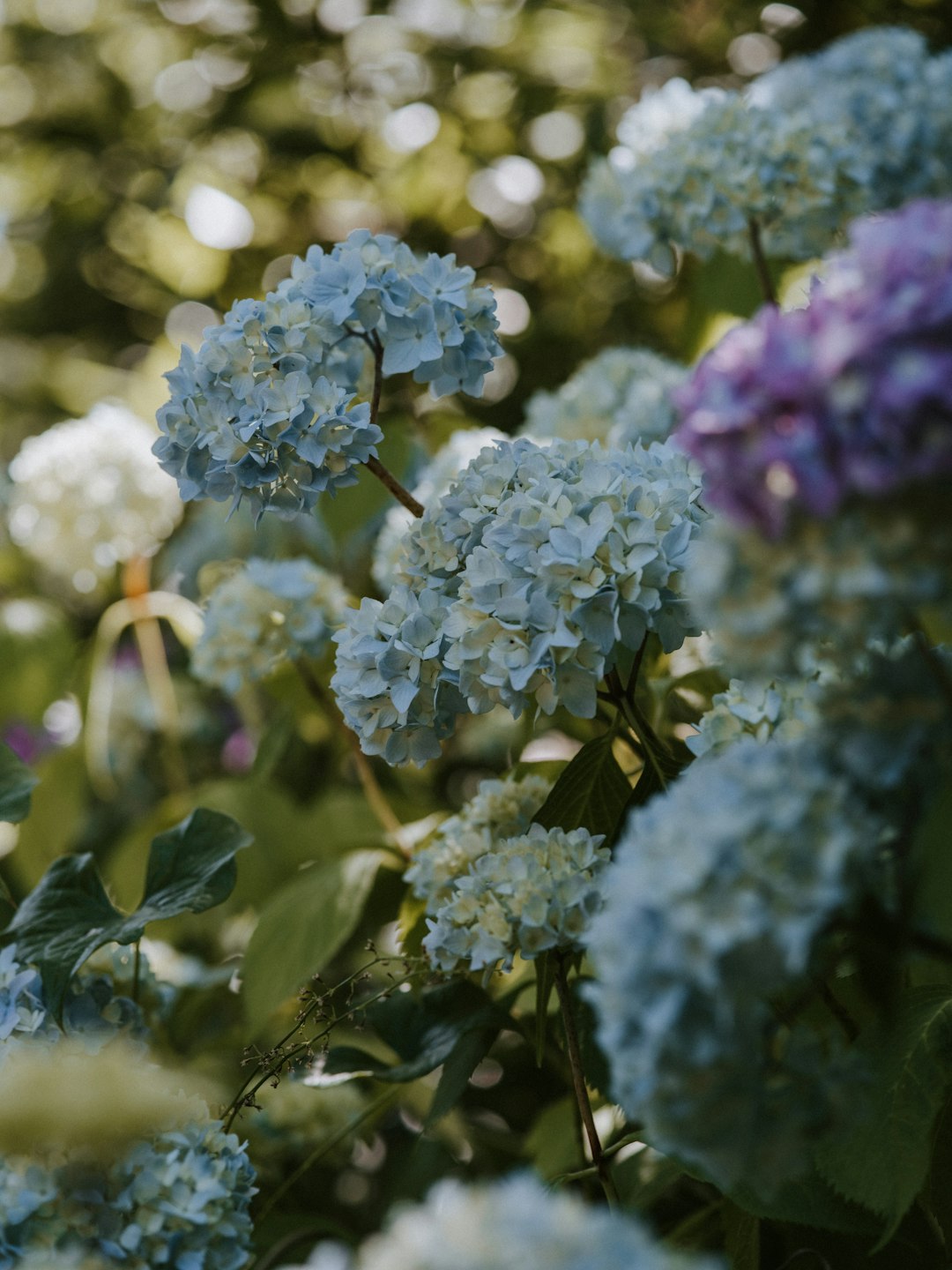Unveiling the Charm of Paperbush: A Gardener's Guide

Blooming about the same time as tulips and daffodils, paperbush stands out as a delightful, fragrant shrub that can add a touch of elegance to any garden. This guide will take you through the process of growing paperbush in your own outdoor haven.
First, let's understand what paperbush is. Paperbush, scientifically known as Edgeworthia chrysantha, is a deciduous shrub native to China, Tibet, and the Himalayas. It is known for its clusters of fragrant, tubular yellow - white flowers that appear in late winter or early spring, long before its leaves emerge. The flowers are not only visually appealing but also emit a sweet, spicy fragrance that can fill the air.
### Selecting the Right Location
When it comes to growing paperbush, choosing the right location is crucial. Paperbush prefers partial shade to full sun. In regions with hot summers, a spot that gets morning sun and afternoon shade is ideal. This protects the plant from the intense afternoon heat, which can cause stress. The soil should be well - drained, rich in organic matter, and slightly acidic. You can improve the soil quality by adding compost or well - rotted manure before planting. A pH level between 5.5 and 6.5 is optimal for paperbush growth.
### Planting Paperbush
You can start paperbush from either seeds or nursery - grown plants. If you're using seeds, soak them in warm water for 24 hours before sowing. This helps to soften the seed coat and improve germination rates. Sow the seeds in a seed - starting tray filled with a moist, well - drained seed - starting mix. Keep the tray in a warm, bright location, but out of direct sunlight. Germination can take several weeks.
For nursery - grown plants, dig a hole that is twice as wide and just as deep as the root ball. Gently remove the plant from its container and place it in the hole. Backfill the hole with soil, making sure to firm it gently around the base of the plant. Water thoroughly after planting to settle the soil around the roots.
### Watering and Fertilizing
Paperbush needs regular watering, especially during its first growing season. Keep the soil consistently moist but not waterlogged. Once the plant is established, it is relatively drought - tolerant. However, during long periods of dry weather, it's a good idea to give it a deep watering once a week.
Fertilize paperbush in early spring with a balanced, slow - release fertilizer. This provides the necessary nutrients for healthy growth and abundant flowering. Follow the instructions on the fertilizer package for the correct application rate.
### Pruning
Pruning is an important part of paperbush care. After the flowers have faded, you can prune the plant to shape it and remove any dead or damaged branches. Avoid heavy pruning, as paperbush blooms on old wood. Pruning too much can reduce the number of flowers in the following year.
### Pests and Diseases
Paperbush is generally resistant to most pests and diseases. However, it can be susceptible to aphids and scale insects. If you notice an infestation, you can use an insecticidal soap or neem oil to control the pests. Make sure to follow the instructions on the product label carefully.
### Enjoying the Rewards
With proper care and attention, your paperbush will reward you with beautiful, fragrant flowers year after year. Its unique bloom time makes it a great addition to a spring garden, providing color and fragrance when many other plants are still dormant. Whether you plant it as a specimen plant or in a mixed border, paperbush is sure to become a favorite in your garden.
In conclusion, growing paperbush is a rewarding experience for any gardener. By following these simple steps, you can enjoy the beauty and fragrance of this delightful shrub in your own backyard. So, go ahead and add paperbush to your garden, and let its charm unfold.